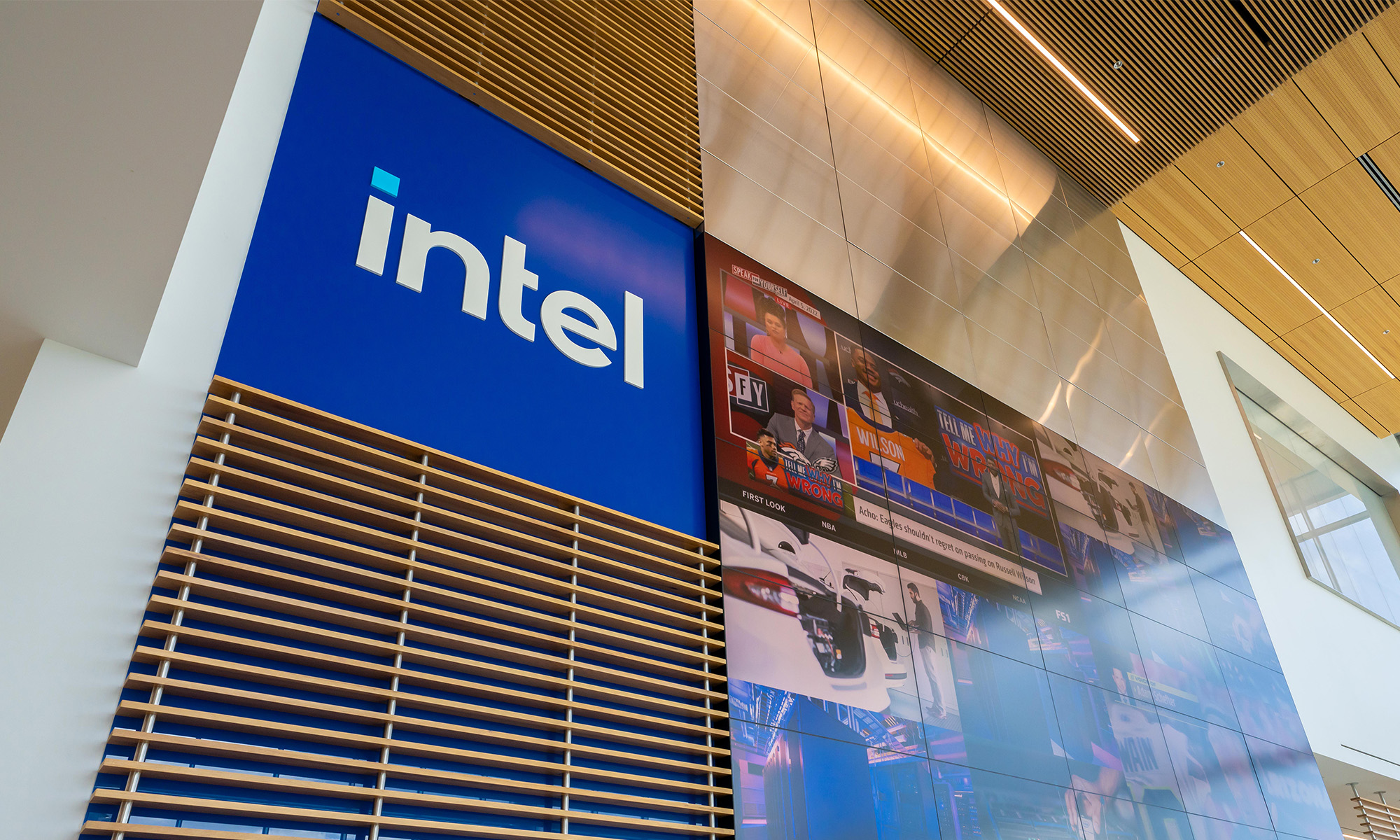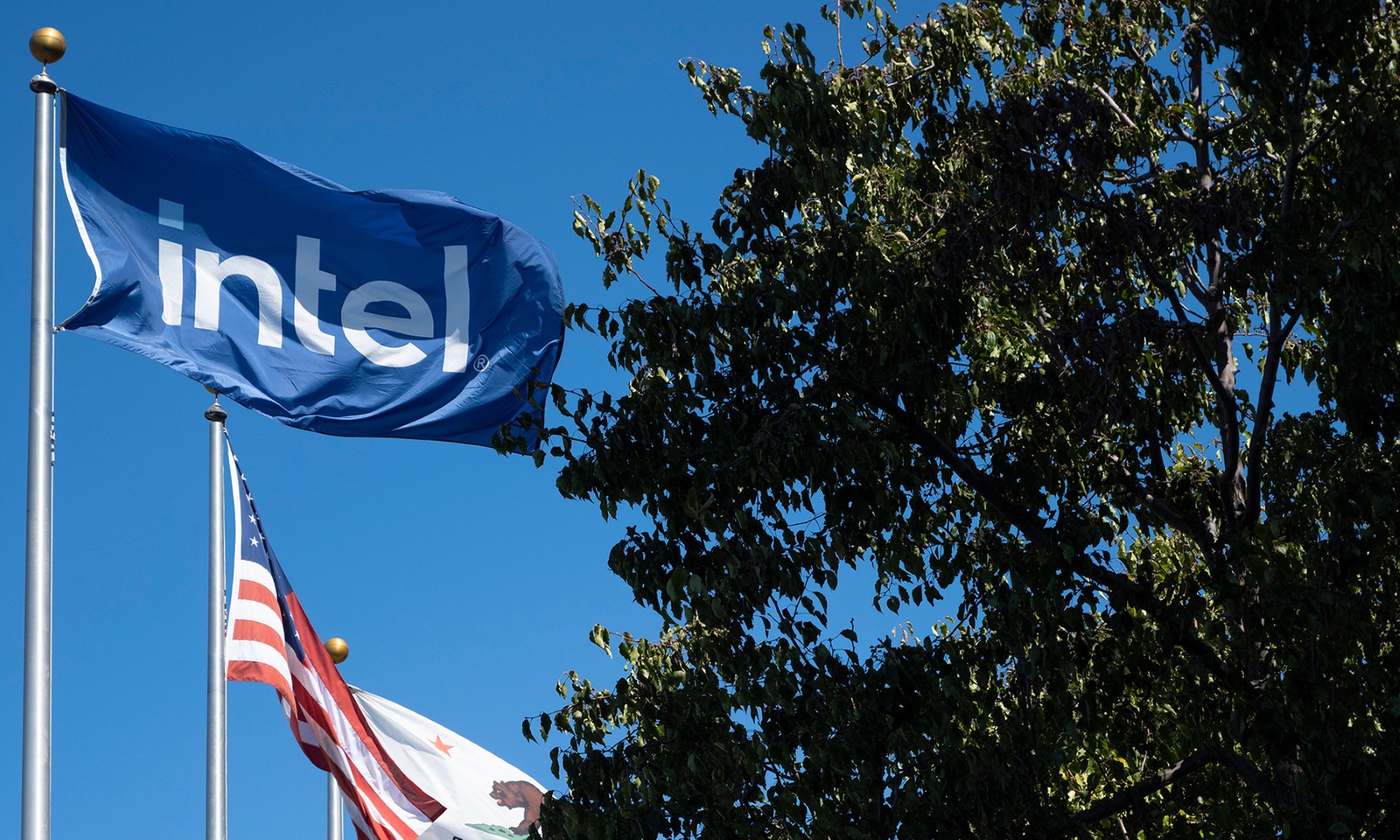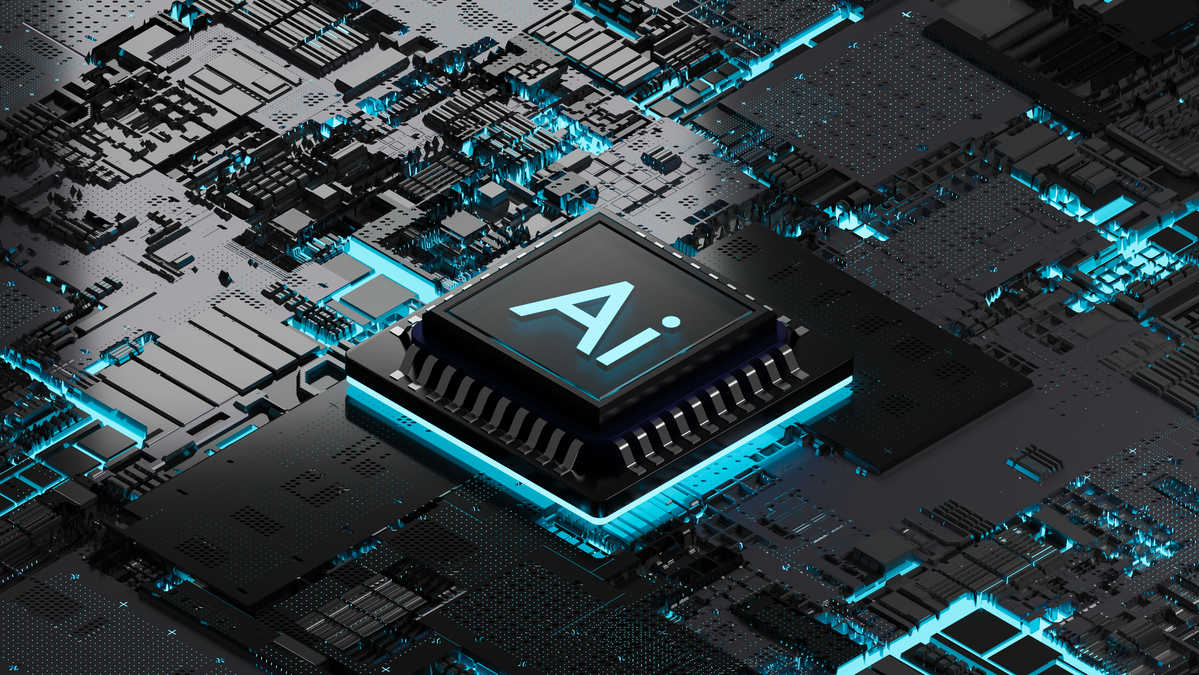Technology news website BenchLife.info just posted a substantial amount of information about the Intel (INTC +0.69%) processors that are set to power most of the desktop computers sold in 2018.

Image source: Intel.
It'd be hard to blame investors for not being enthusiastic about new desktop processors, as the market for them has been in a freefall for years. According to Statista, desktop personal computer shipments are set to plunge from 157 million units in 2010 to just 103.3 million units in 2016. That's more than 34% of the industry's shipment volume gone in just six years.
This shouldn't be too surprising. After all, laptop computers, as well as other portable forms of computing, such as tablets and large smartphones, have increasingly replaced desktop computers for many core computing needs.
Nevertheless, even after a sharp decline in industrywide unit shipments, sales of desktop processors are still a large portion of Intel's business, good for around $10 billion in annual revenue. For some perspective, this sub-segment of Intel's business would have easily been one of the top 10 chip companies in the world by revenue in 2015, according to IHS's ranking of semiconductor companies by revenue.
The sheer size of this business and its importance to Intel's overall financial performance makes it worthwhile to follow.
Without further ado, let's take a closer look at what BenchLife reported about Intel's 2018 desktop processor plans.
Meet Coffee Lake -- again
In January, Intel is set to release new desktop personal computer processors based on an architecture it refers to as Kaby Lake. Numerous reports over the past couple of months have said that Intel's follow-on architecture to Kaby Lake for the desktop personal computer market is called Coffee Lake.
Coffee Lake is also widely reported to be manufactured in some variant of Intel's mature 14-nanometer manufacturing technology. Intel is expected to begin mass-producing some of its products on a newer 10-nanometer technology in the second half of 2017.
According to information that Intel accidentally made public on its website, Coffee Lake-based chips were also referred to as Cannon Lake. This suggested that although the Coffee Lake chips wouldn't enjoy the benefits associated with being built using Intel's 10-nanometer technology, they'd at least incorporate more advanced architectures.
The architecture of a chip plays a large role in the kind of performance and power efficiency that it can deliver -- that's why chip companies invest so much money in the research and development of newer, better architectures.
A few days ago, a rumor popped up suggesting that this wouldn't be the case, with Intel instead opting to leave the core architecture of the prior-generation Kaby Lake unchanged in moving to Coffee Lake. The leaks from BenchLife confirm that rumor.
BenchLife also says that Coffee Lake for desktop computers is on track for a February 2018 launch -- a little over a year after when Kaby Lake for desktops is expected to arrive.
What's the point, then?
Coffee Lake's existence might look odd if Intel isn't making any architectural changes relative to the prior-generation Kaby Lake. However, Intel seems to be relying on other tricks to boost performance this time around.
The BenchLife leaks show that the desktop versions of Coffee Lake will come in two variants. The first will be what Intel calls a "6+2" configuration, meaning six processor cores paired with GT2 graphics. This will presumably take the place of the quad-core Kaby Lake processor in terms of pricing and market positioning.
The second will come in a 4+2 configuration, meaning that it will have four processor cores and GT2 graphics. That's identical to the configuration of the top Kaby Lake desktop part.
My suspicion is that the quad-core Coffee Lake will deliver better performance than the quad-core Kaby Lake primarily through improved manufacturing technology, which should allow the Coffee Lake chips to hit higher frequencies than their Kaby Lake predecessors.
Such a move wouldn't be unprecedented. The upcoming desktop-bound Kaby Lake parts share largely the same architecture with their predecessors, called Skylake. The main improvement from Skylake to Kaby Lake is that the latter family uses a higher-performance version of Intel's 14-nanometer technology, known as 14-nanometer+, to enable higher frequencies in a given power envelope.
Intel's strategy in 2018? More cores
It seems that Intel's desktop personal-computer strategy in 2018 is a simple one: improve performance by adding processor cores.
From a marketing perspective, this seems like a reasonable move. It shouldn't be hard to sell the idea that having six cores is significantly better than having four. In fact, Intel's mainstream desktop processor lineup has featured up to just four cores for a very long time, and some might argue that it's high time for an increase in core counts across Intel's desktop processor stack.
However, there are still many consumer-grade applications that struggle to take advantage of more than a handful of processor cores. That's why Intel can't rely on core count increases in the desktop personal-computer market indefinitely. Post-Coffee Lake, Intel will have to get back to finding ways to improve the performance and power efficiency of its individual cores.






